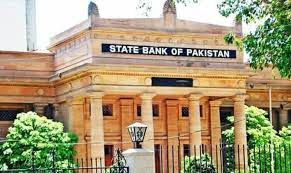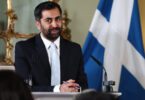The Central Bank Monetary Policy Committee (MPC) decided to maintain the policy rate at 22% for the next two months. The committee was of the view that despite the sharp decline in February, inflation remained at an elevated level that is susceptible to continued risks in the coming weeks.
According to the MPC, these circumstances warrant a cautious approach and continuity of the current monetary stance to bring inflation down to the target range of 5-7% by September 2025.
The State Bank of Pakistan (SBP) has continuously maintained a historically high interest rate of 22 percent over the past several months which indicates the South Asian economy persistently faces pressure and risk of unsustainability as there is no significant improvement in economic indicators of the country. Over the past months, the economy moved one step forward and two steps back, the inflation mostly remained high as the February gains have been reversed in March whilst there is no visible end to such ruckus shortly.
The Central Bank’s narrative regarding the improvement in economic conditions is a traditional ritual that our economists often repeat for face-saving and morale-raising purposes. Otherwise, there was no positive assessment from any third-party rating agency or independent analysts in the past couple of months.
The continued high-interest rate is surely harmful to local industry, businesses, and trade activities but has a comparatively low risk for the government and the regulator to pass through crucial periods. The critics are of the view that the IMF desires a high interest rate and the business community needs a low interest rate to boosts the local businesses thus the success goes to the global lender for another time.
Amid such scenarios, the newly elected government opted to continue its partnership with the International Monetary Fund (IMF), and is preparing to negotiate a $ 7 billion new bailout package with the IMF to meet the urgent needs of the country. That illustrates that the IMF’s influence on Pakistan’s economy will further grow and the public will get nominal relief from the government.
There is a dire need for the adaptation of rational, unbiased, and liberal economic policies but strict governance, broadening of the tax base, frequent adjustment of policy rates, and rationalization of direct and indirect taxes to increase revenues and provide relief to businesses and the masses. Otherwise, the monotonous policy rate only maintains the status quo and sheds off the regulator’s fear without bringing any positive change in the economic landscape of the country.







